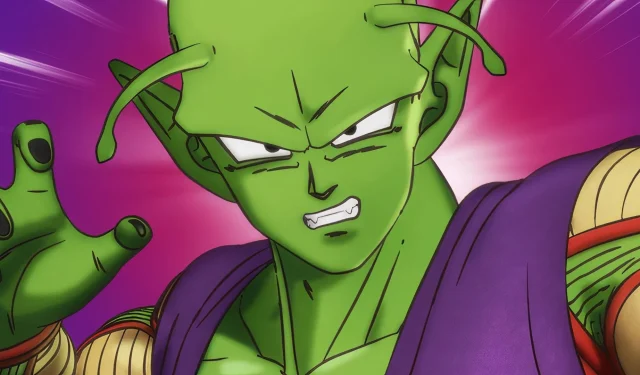
Essential Insights
- Daima unveils a significant shift in Namekian history, indicating their roots trace back to the Demon Realm rather than Planet Namek.
- The separation of the Demon Realm from Universe 7 prompts intriguing questions about multiverse associations and Piccolo’s significance.
- Piccolo is poised to become a focal character in forthcoming narratives as Daima expands on his demonic ancestry and explores his character growth.
Dragon Ball Daima has truly excited its audience. After a long wait, viewers were given an episode that beautifully reinstated the essence of the original Dragon Ball series. Right from the outset, the series quickly introduced several surprises, with a particularly striking revelation regarding Namekians and Piccolo stealing the spotlight.
For context, the storyline in Daima unfolds after the demise of Dabura, the formidable Demon King defeated during the Buu saga. Following Dabura’s fall, King Gomah took the throne in the Demon Realm and deemed Goku and his allies as threats to his reign. Until now, fans had firmly believed in the established origins of Piccolo and the Namekian race. However, Daima dismantles that concept by presenting the Demon Realm and sharing new details about the Namekians’ history. It appears that Toriyama had numerous surprises in store with Daima, marking this reinterpretation of Namekian lore as potentially the most impactful change since their initial appearance.
Dragon Ball Daima Begins with a Bang
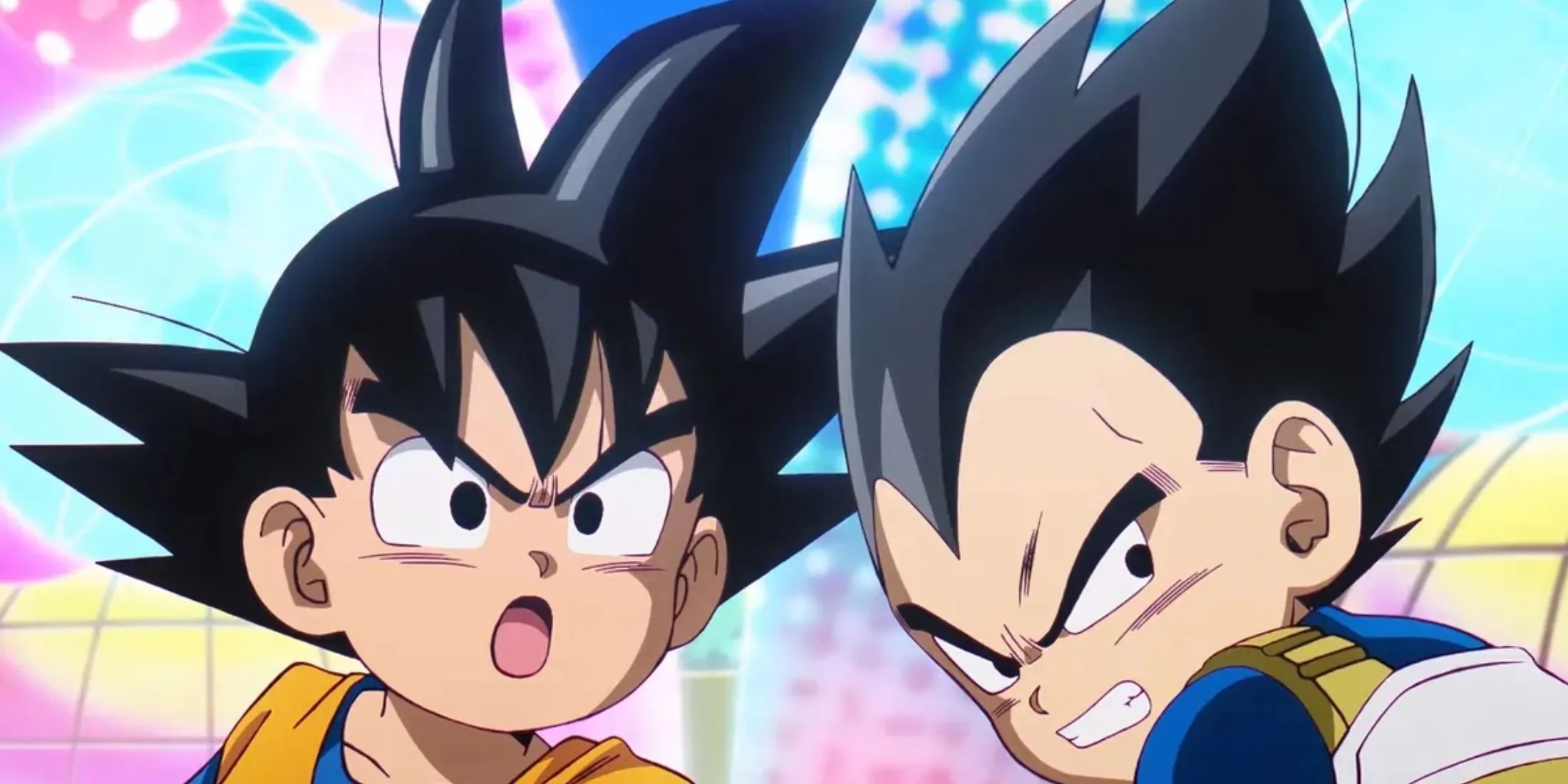
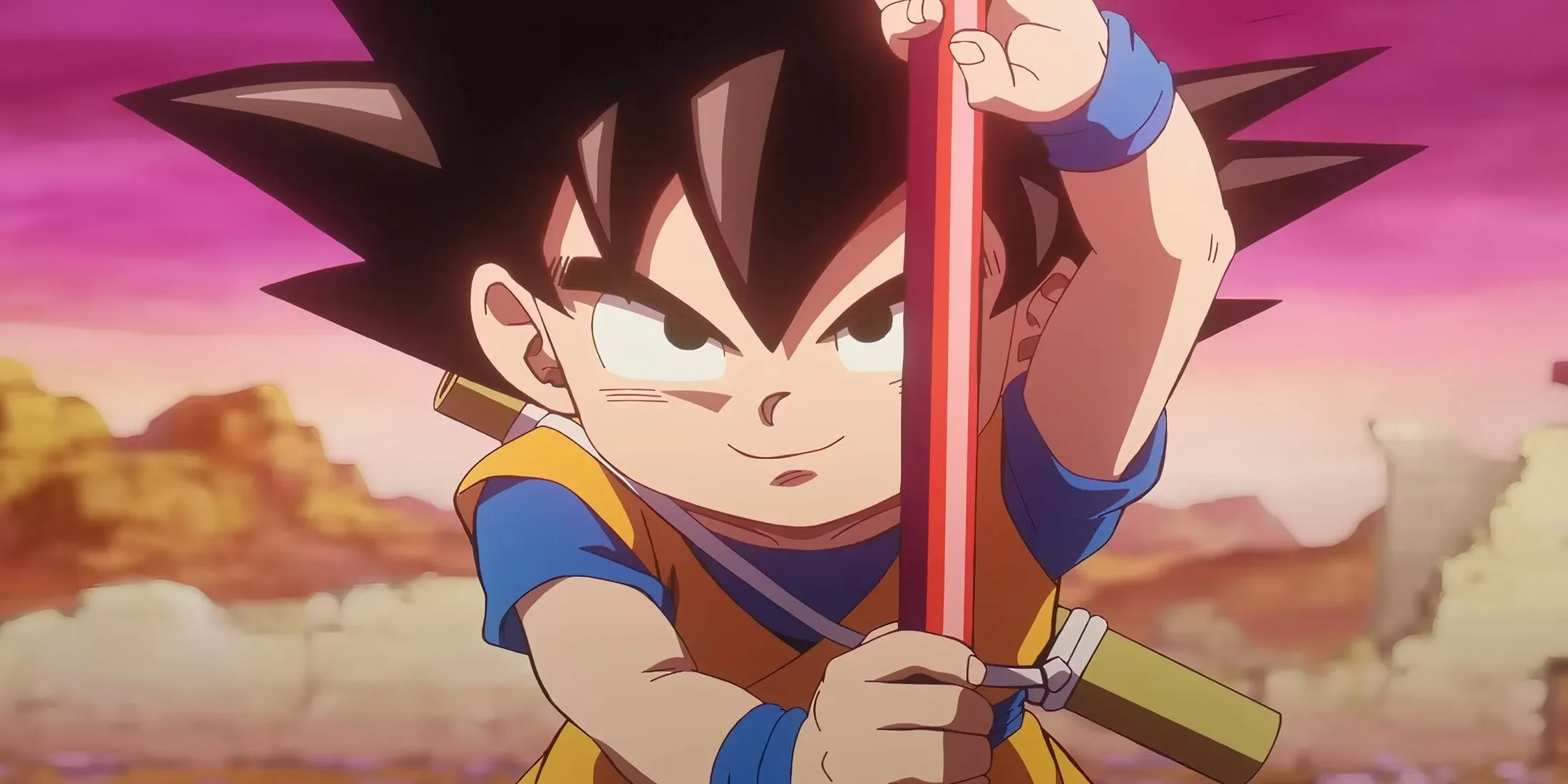

From its first moments, Daima manages to evoke the nostalgic allure of Dragon Ball, skillfully blending humor, action, and narrative depth, staying true to the franchise’s legacy. The series navigates the repercussions following Kid Buu’s defeat, with an inventive twist: addressing the void left by Dabura’s demise in the Majin Buu saga.
With King Gomah, the freshly crowned sovereign of the Demon Realm, descending upon Earth, his motives become clear—he seeks to eliminate any potential threats to his rule. Unable to combat the strongest fighters directly and finding the Dragon Balls incapable of granting his lethal desire, Gomah hatches a plan to revert the universe’s mightiest warriors into helpless children.
I want Goku and the others who helped defeat Majin Buu to revert to their childhoods! – Gomah
While the episode contains some reflective moments, it effectively clarifies its timeline placement. The central focus appeared to revolve around expanding the lore, most notably highlighting the unexpected revelation that Namekians, including Piccolo and Dende, are not originally from Planet Namek.
The Origins of Namekians in the Demon Realm
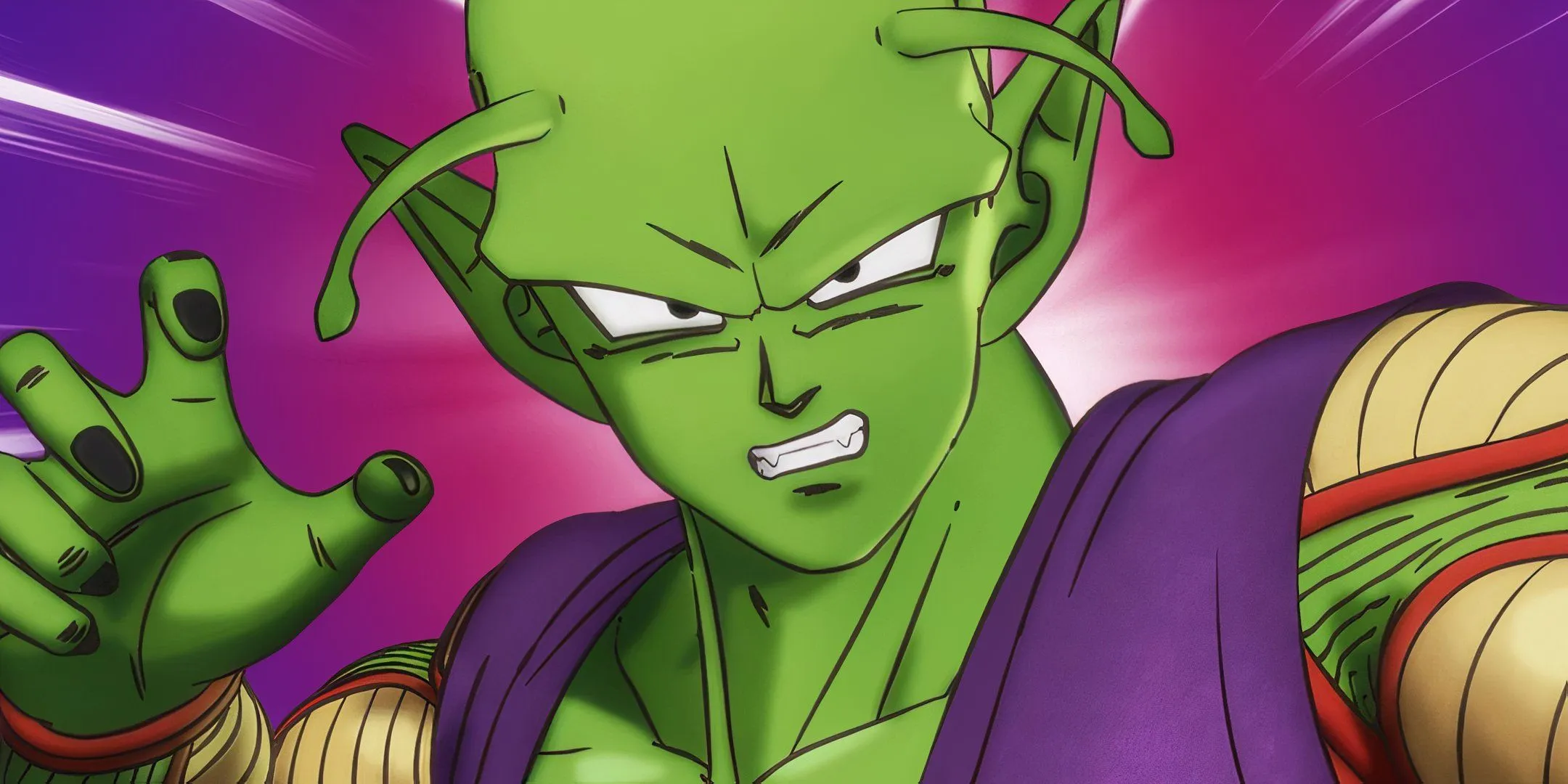

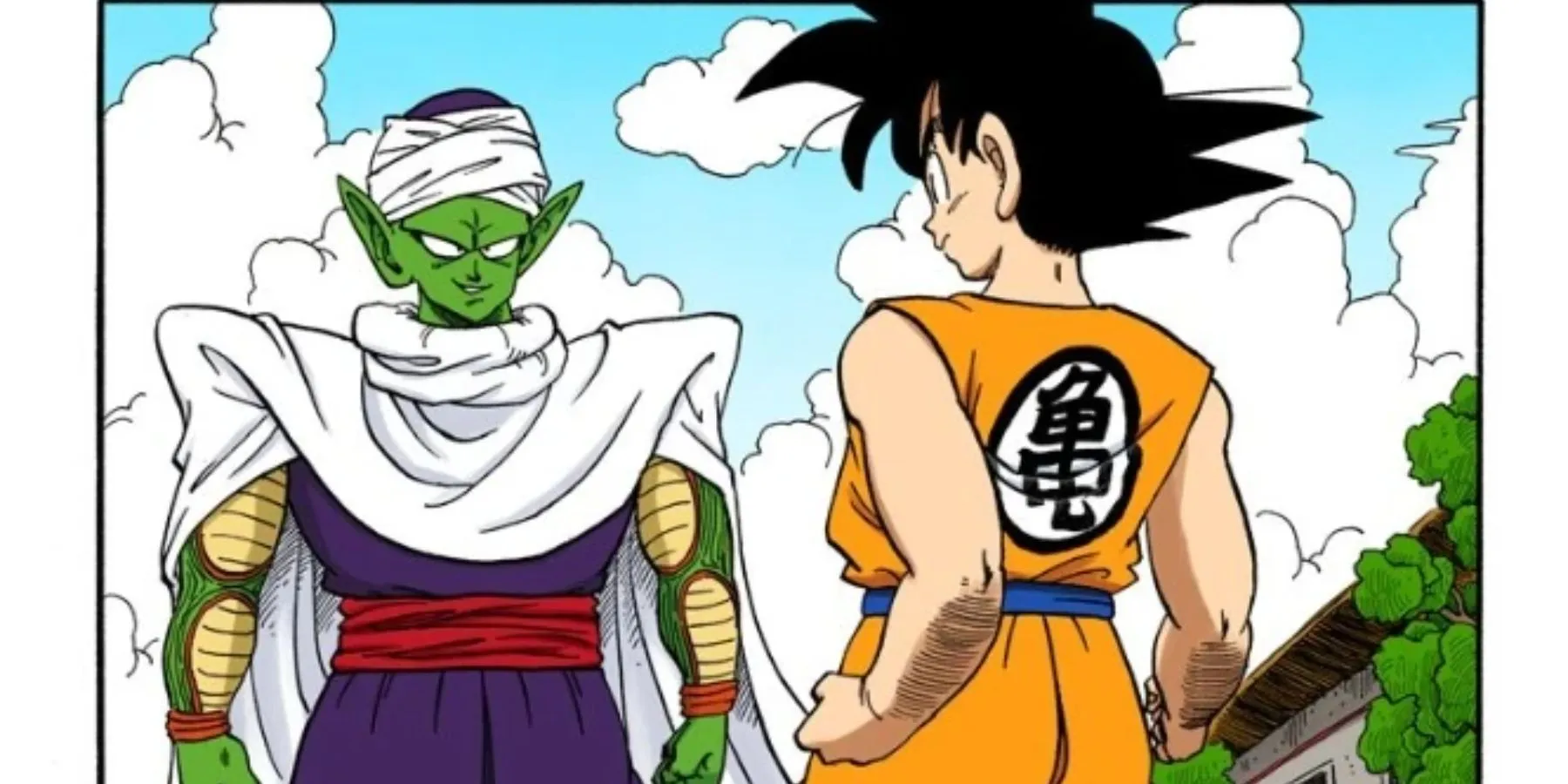
Long-time enthusiasts of Dragon Ball might recall Piccolo once boasting of his title as the “Demon King.”As the series advanced into Z, it was revealed that his lineage tied him to the Namekian race, a species from Planet Namek. This belief persisted—until now. In Daima, King Gomah elaborates that the lineage of Namekians traces back to the Demon Realm, not Namek.
This newfound perspective provides clarity on various physical characteristics, such as pointed ears, which Gomah wittily points out to Dende as indicative of their demonic roots. The episode also introduces Neva, an ancient Namekian from the Demon Realm, who millennia ago created a distinct set of Dragon Balls capable of granting malevolent, “black wishes.”
The Importance of This Shift in Dragon Ball Lore
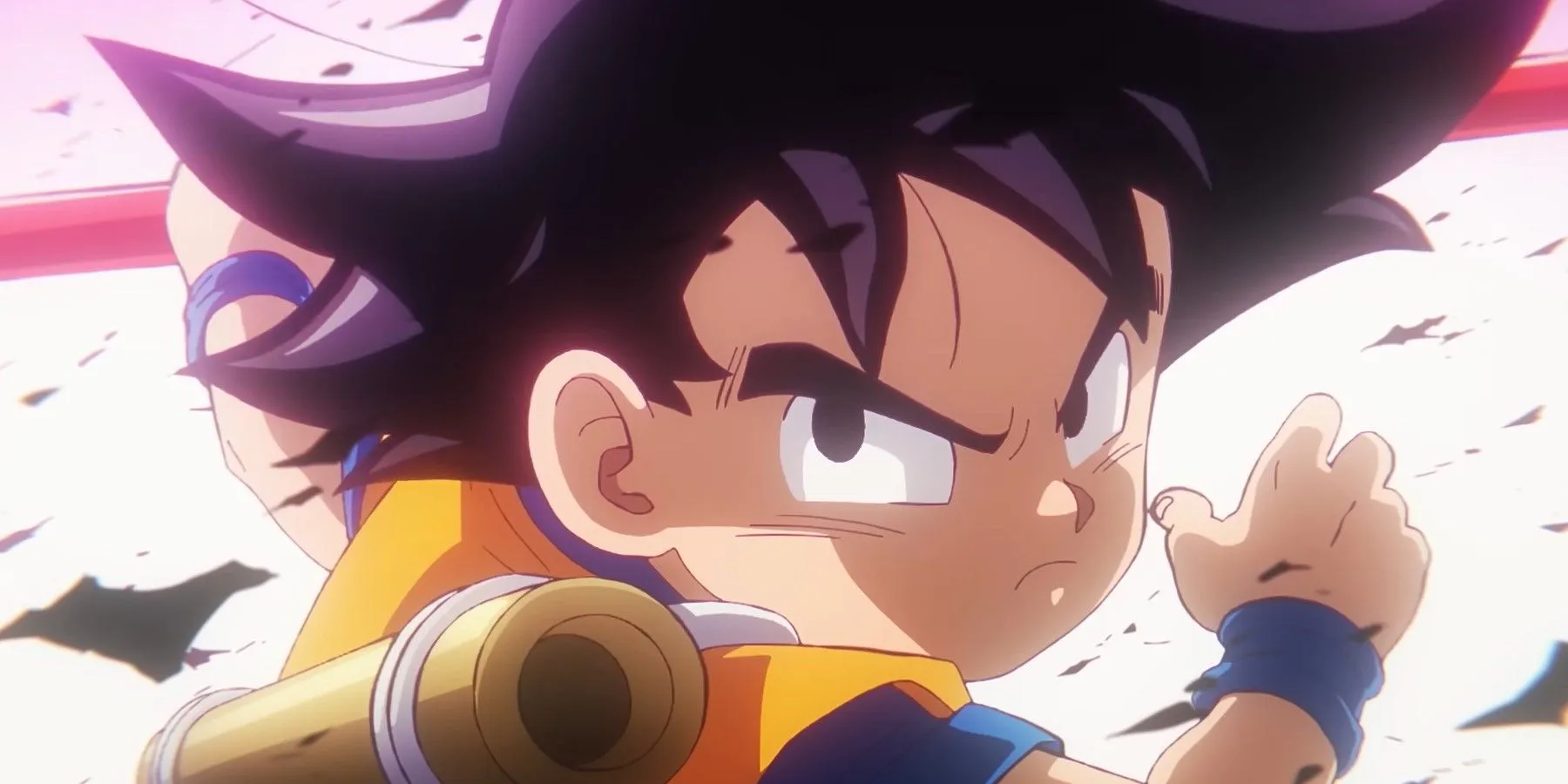

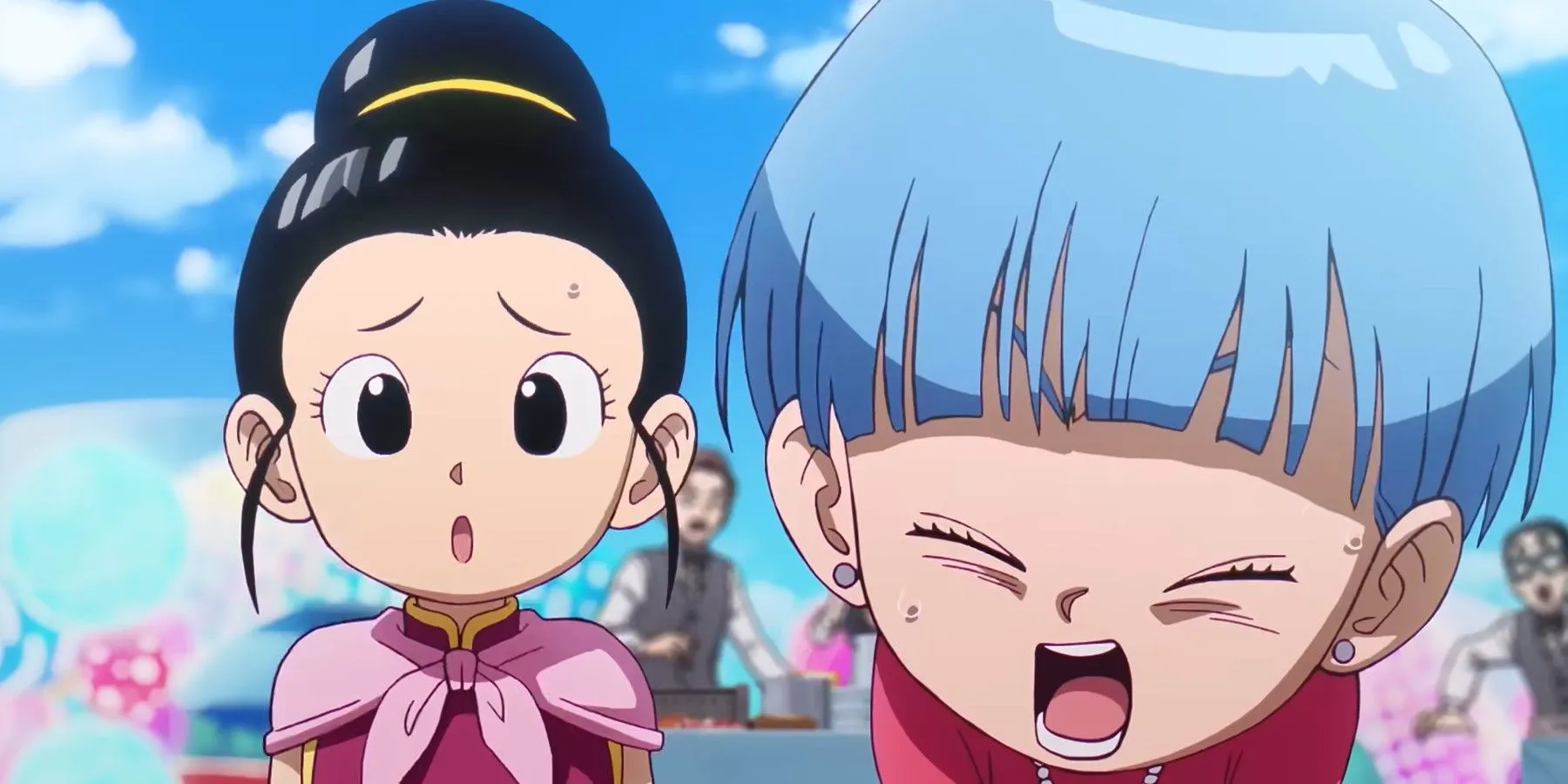
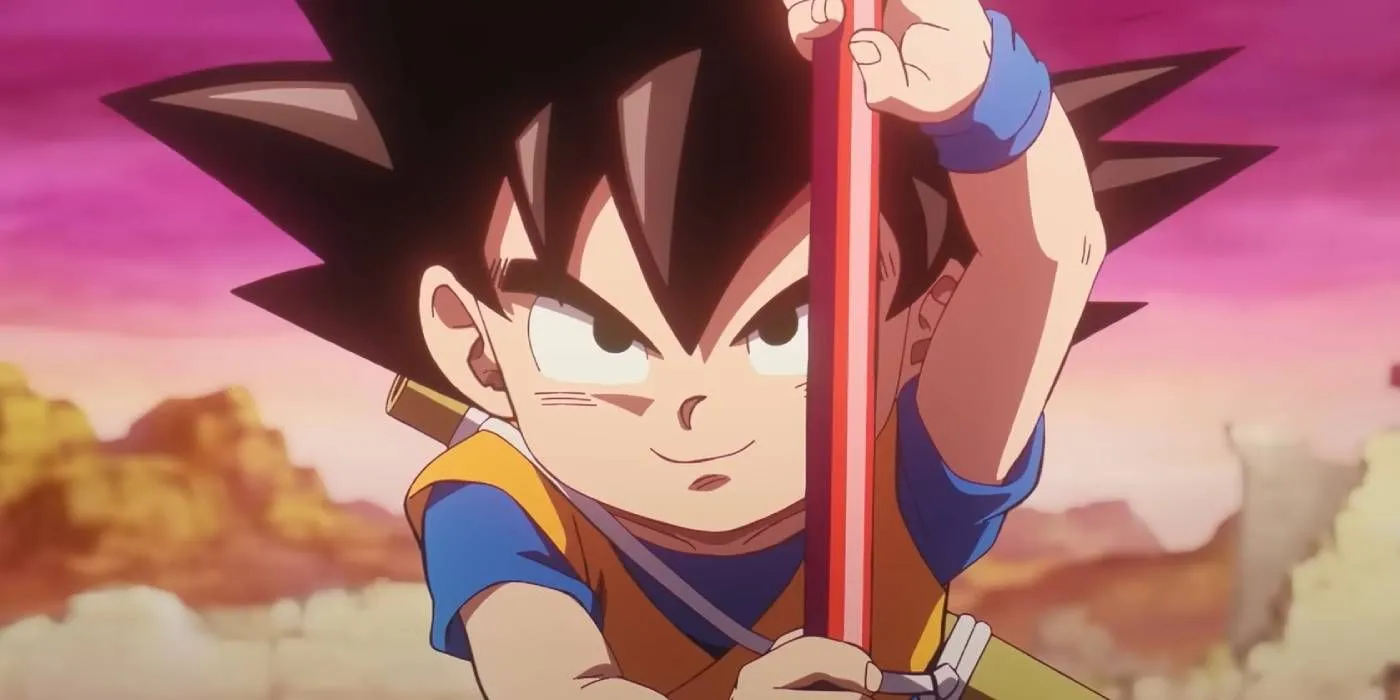
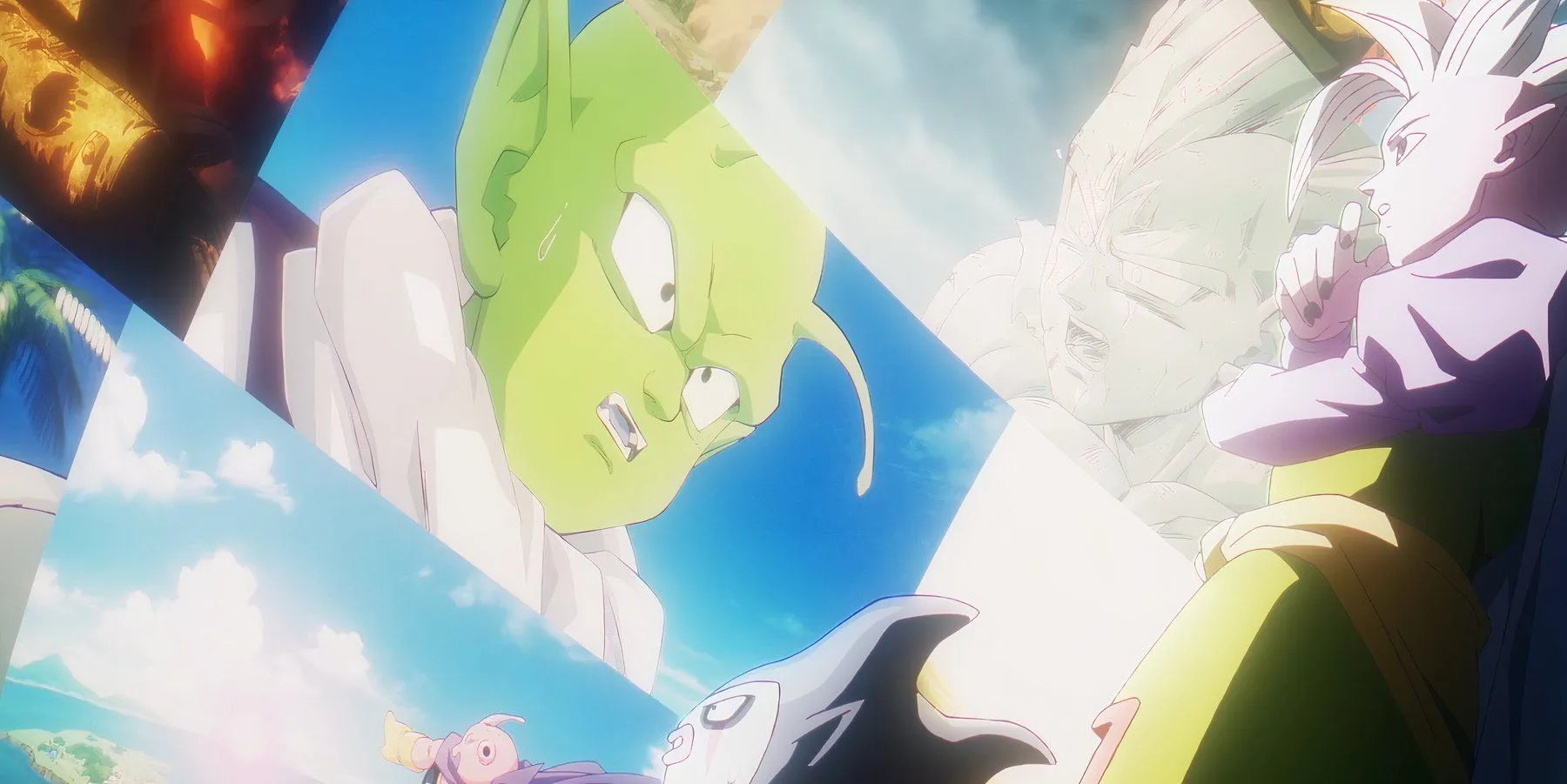
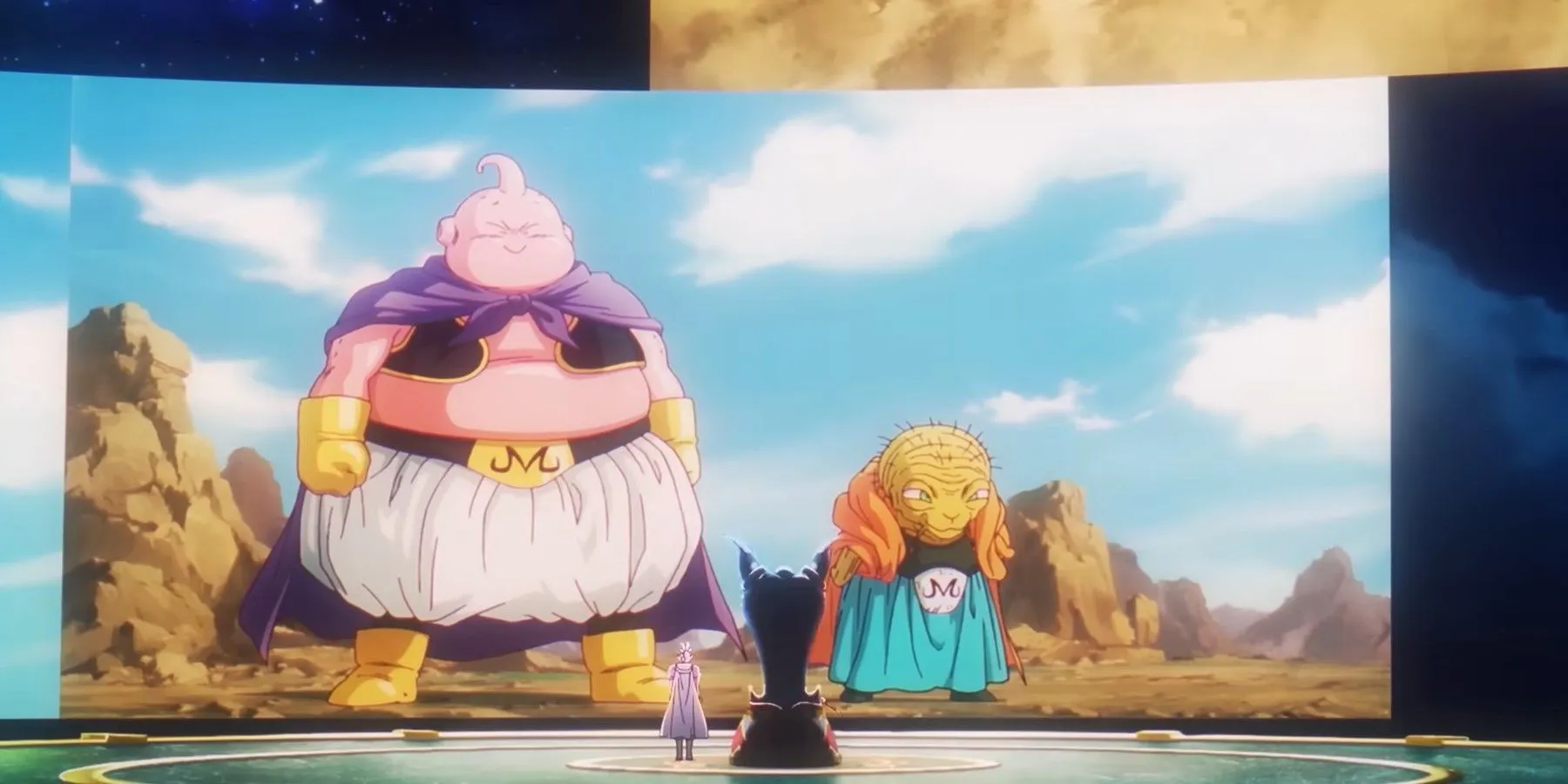
This transformation in the Namekian origin narrative drastically shifts the understanding among fans. Previously, Namekians were characterized as peace-loving beings with a strong spiritual connection, custodians of the Dragon Balls. This recent discovery that their ancestors stem from the Demon Realm raises profound questions about their intrinsic nature and the evolution from demons to protectors of the cosmos.
Moreover, it provides a fresh lens through which to view Piccolo’s journey. Once characterized as a villain with grandiose aspirations when identifying as the “Demon King,”it is revealed that he was more accurate than previously presumed. Additionally, Dende’s position as Earth’s guardian may need reassessment—what implications arise for the guardian of Earth being a member of a species with such a dark legacy?
Implications of the Demon Realm and Multiverse

Among the most captivating discoveries in Daima’s inaugural episode is the multiverse aspect of the Demon Realm. Prior to this, it was presumed that the Demon Realm was a component of Universe 7, like the numerous locations showcased in Dragon Ball Z. However, Daima clarifies that the Demon Realm stands as an entirely distinct entity, detached from Universe 7, and possibly from all previously visited universes. This concept introduces significant ramifications for the Dragon Ball multiverse, hinting at realms of existence that even deities such as Beerus and the Supreme Kais might not completely grasp.
The Demon Realm’s ability to interact with various universes could elucidate longstanding enigmas within the series. For instance, it raises the possibility that Dabura and Babidi were not inhabitants of Universe 7 but rather invaders from this enigmatic Demon Realm.
Piccolo’s Role and Future Narrative Directions
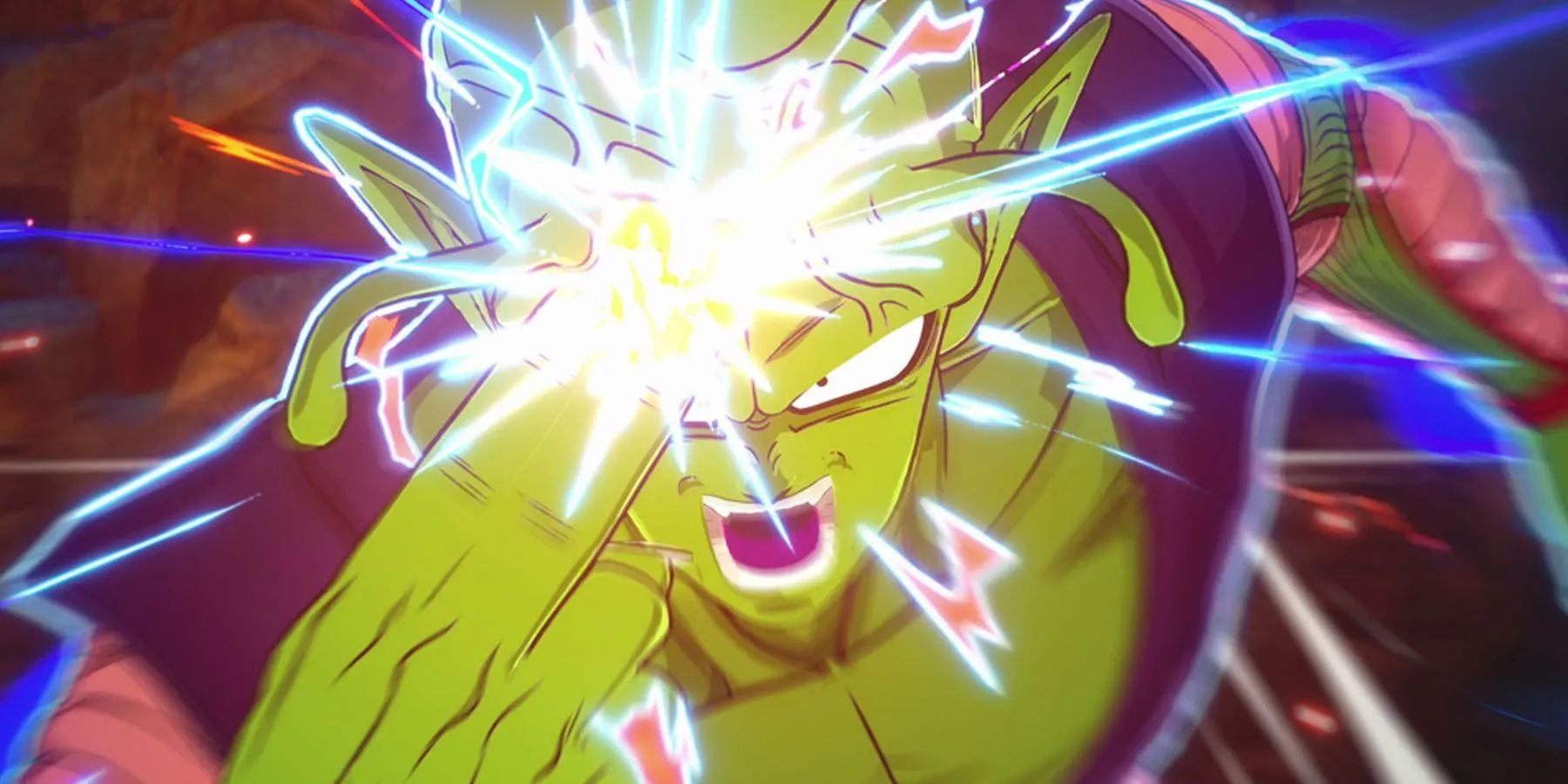
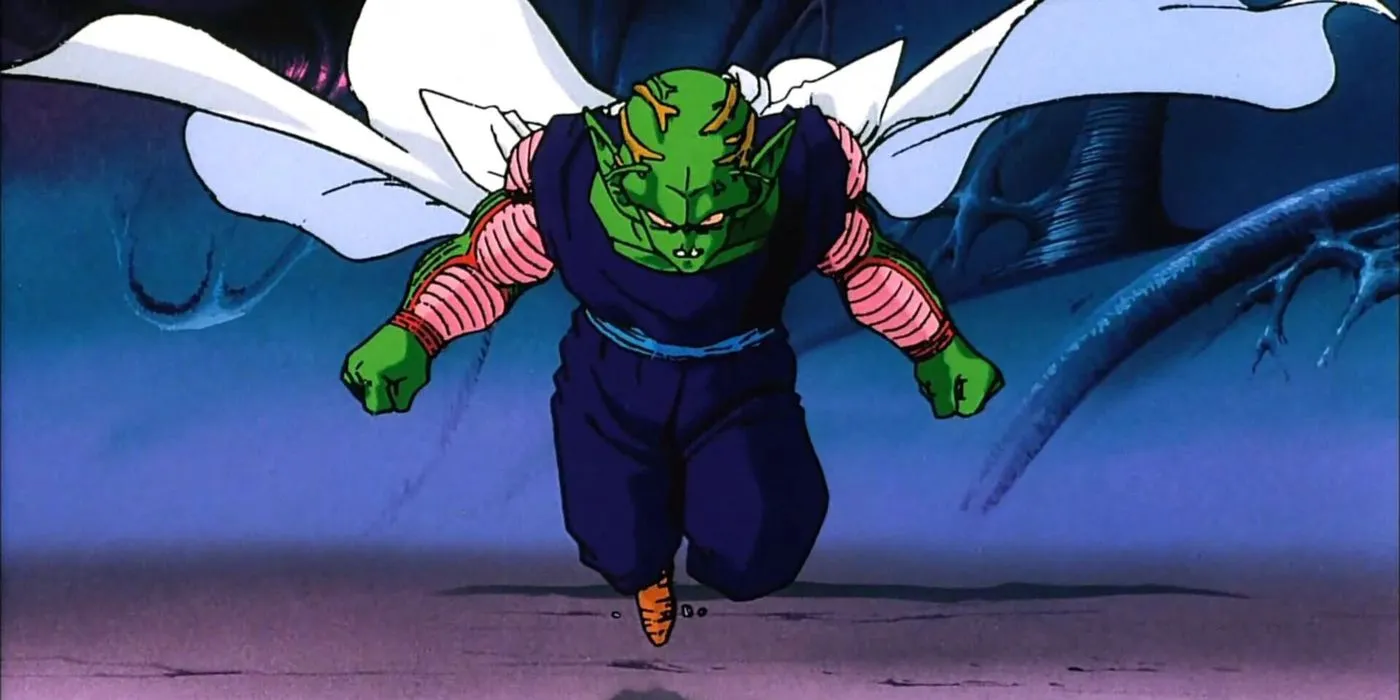
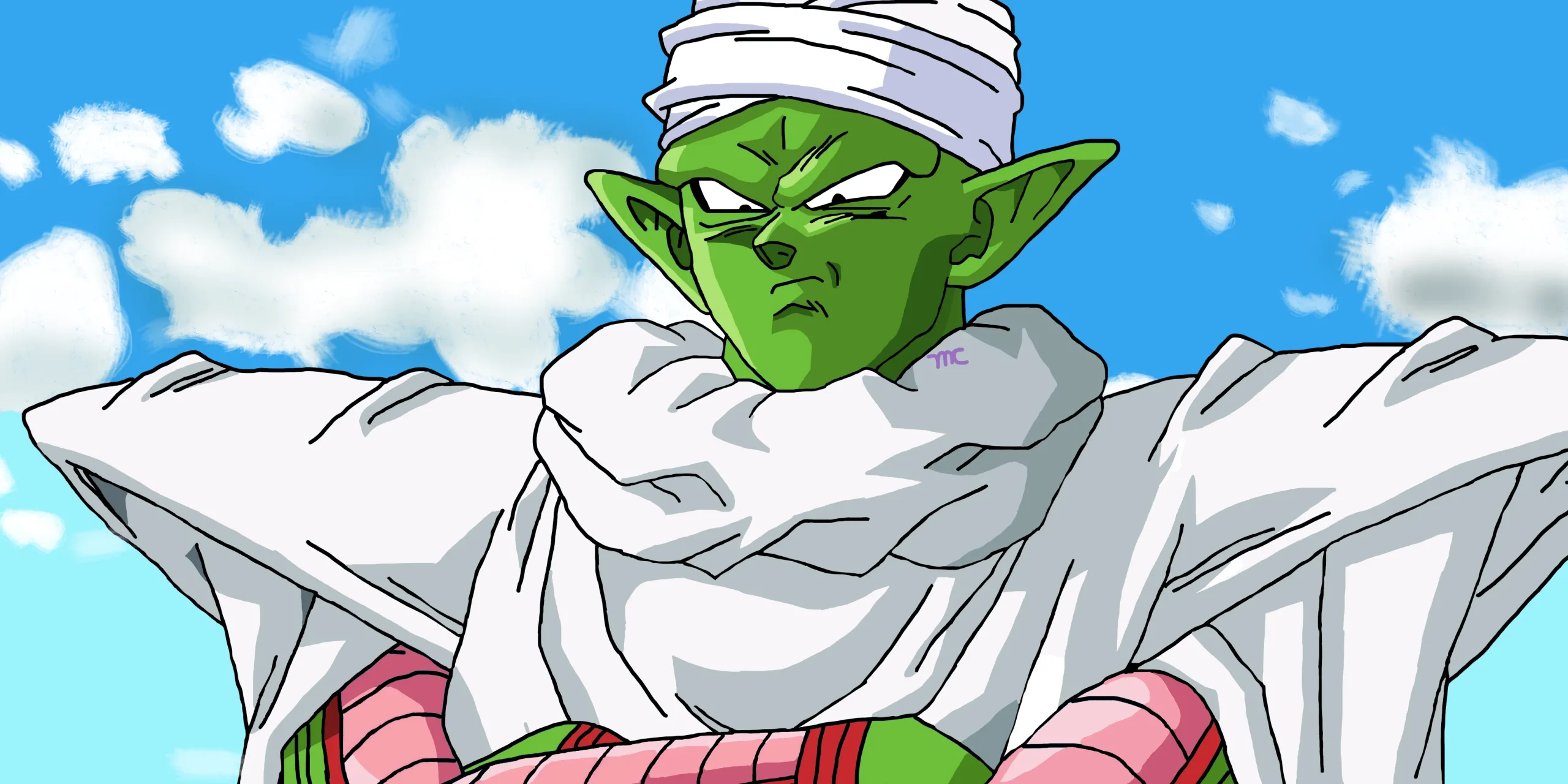

The unveiling of the Namekians’ authentic origins sets the stage for Piccolo to assume a pivotal position in the evolving storyline. As a cherished figure among fans, Piccolo has often been pushed into the background in recent arcs. Yet, Daima offers a chance to delve into his character in ways that have not been explored since Dragon Ball Z. Will Piccolo accept his demonic lineage, or will he persist in pursuing the greater good despite his ancestral roots?
This renewed attention on the Demon Realm and its multiversal implications promises endless narrative possibilities. From further explorations of the Demon Realm to unraveling the intricacies of Namekian history, Dragon Ball Daima has set the stage for a plethora of storytelling avenues that could redefine the series for years ahead.




Leave a Reply